The Sam’s Creek Geology, by Andrew Yuill

So that we’re all clear where Sam’s Creek is, what the area looks like, and how it relates to the rest of the catchment and Tākaka.
graphic, map of catchment & Sam’s Creek
Once this area was a plateau, before Sam’s creek eroded its valley. Where has all the rock gone? Down the Tākaka River, where it formed the flat land in the Tākaka valley.
Three photos of the Sam’s Creek area.

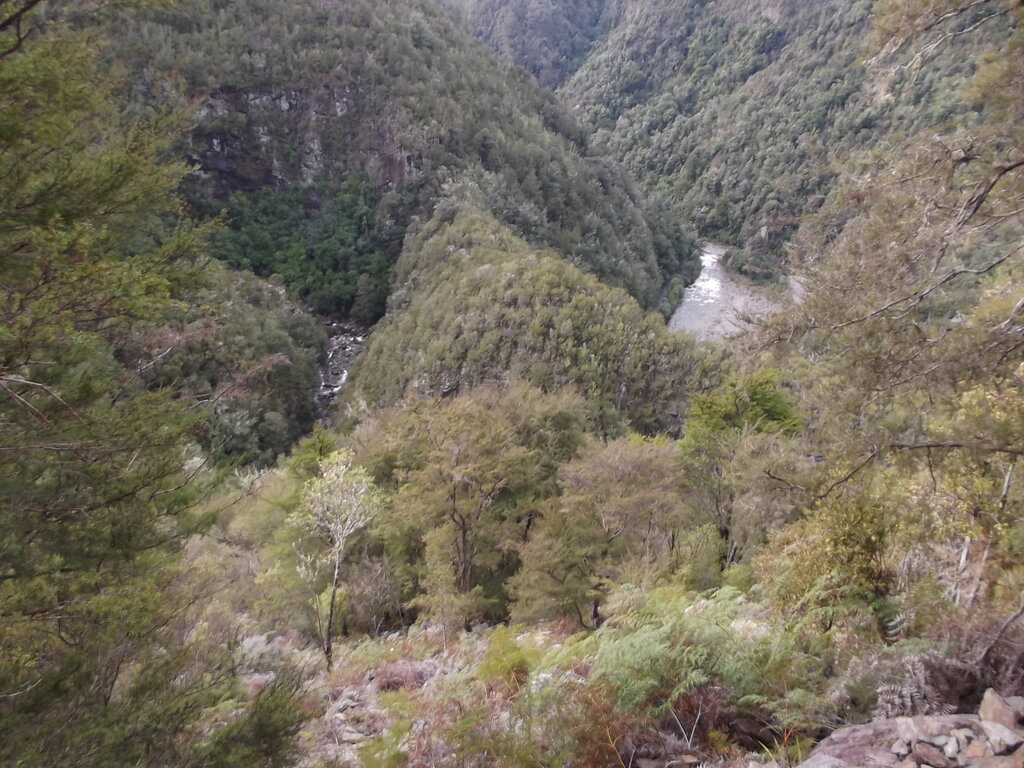
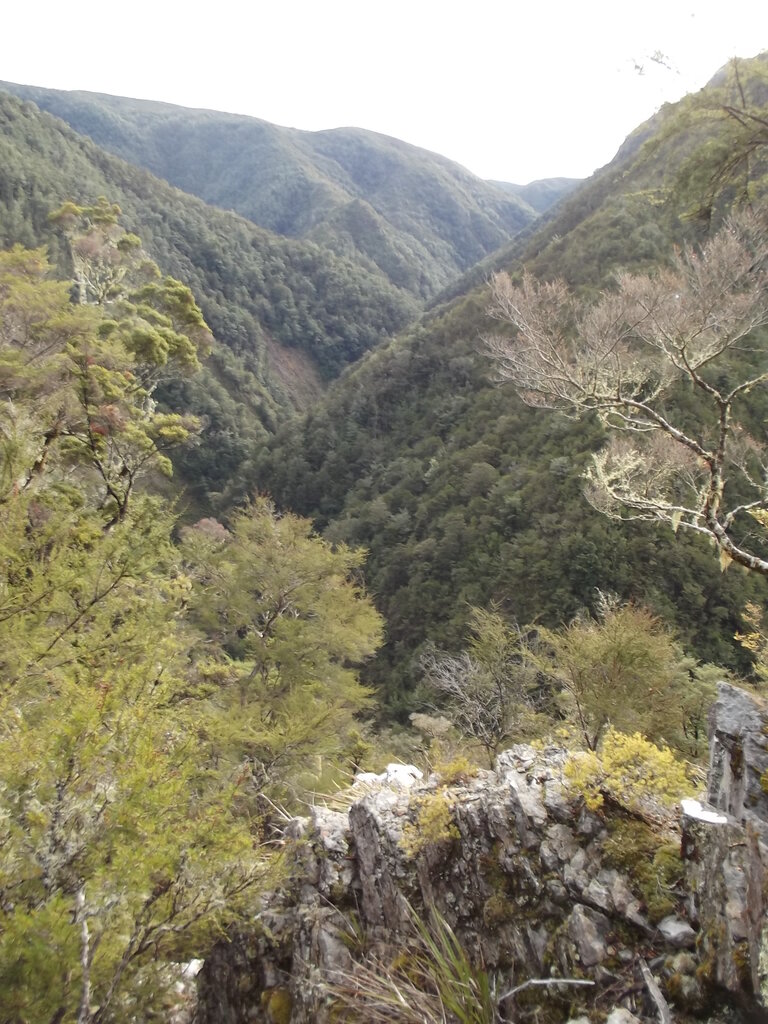
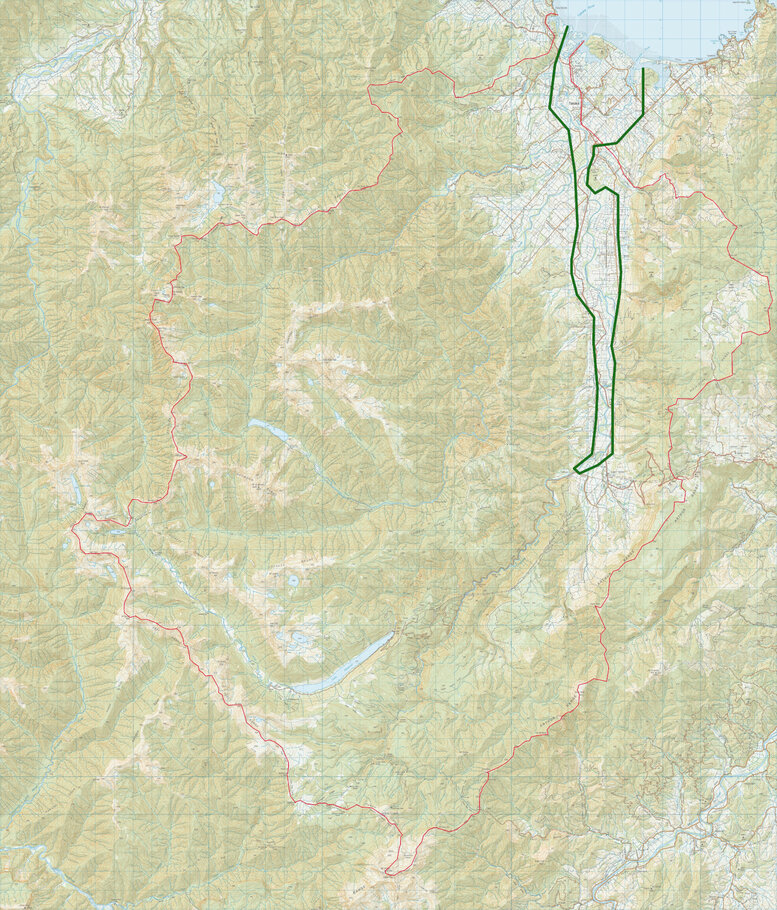
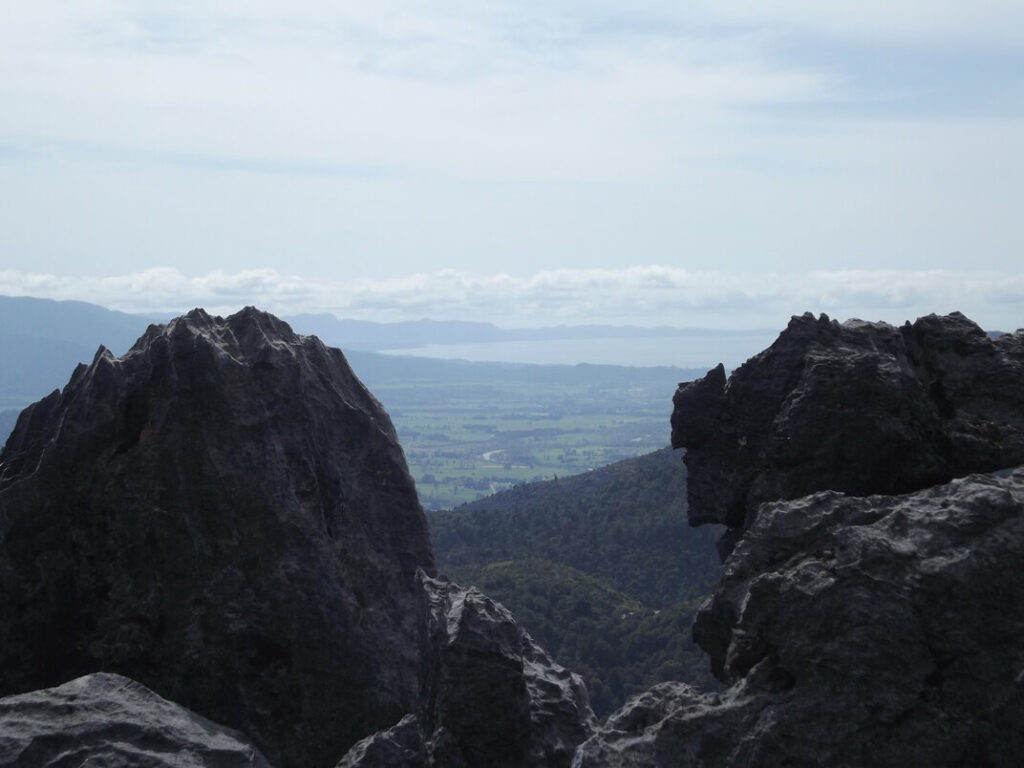
Once this area was a plateau, before Sam’s creek eroded its valley. Where has all the rock gone? Down the Tākaka River, where it formed the flat land in the Tākaka valley.
A substantial flow from the Tākaka River and other parts of the valley drops down into the marble aquifer. 2/3 of it re-emerges years later at Te Waikoropupū, and the other 1/3 at submarine springs in Golden Bay.
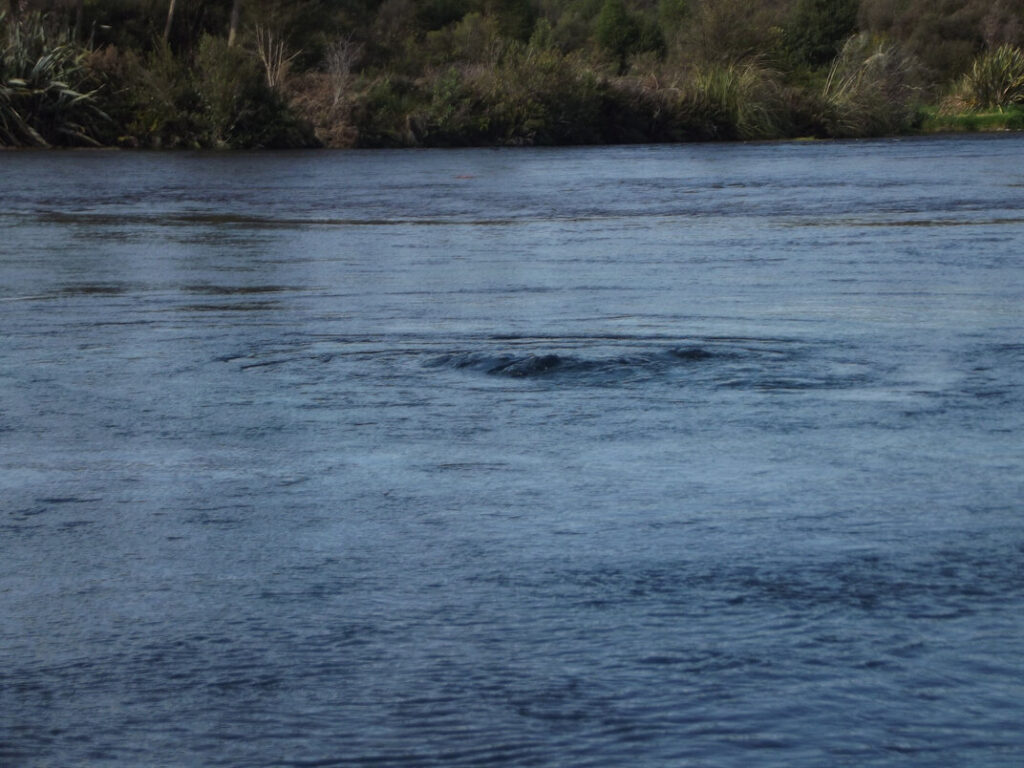

Small animals living inside the aquifer turn the ordinary river water into the stunningly clear water we see at Te Waikoropupū.
Over the last 50 years a succession of companies, mainly Australian, have explored around Sam’s Creek for gold. A new company, Siren Gold, has now bought the rights, and will apply for a mining licence.
On the best published estimation, the ore body they want to mine consists of some 11 M tonnes of volcanic rock containing 75,000 tonnes of As, 3,500 tonnes of Zn, 1,500 tonnes of Pb and 19 – 25 tonnes of Au – mainly as sulphides. The company anticipates exhausting the ore in 10 years, unless it finds more while it is mining.
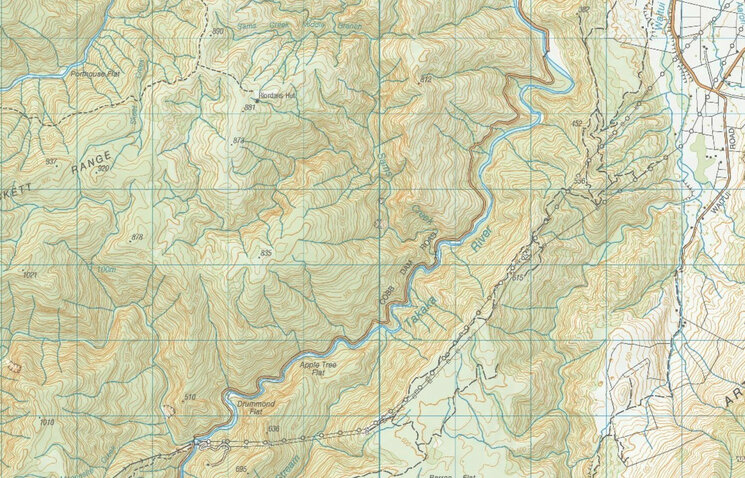
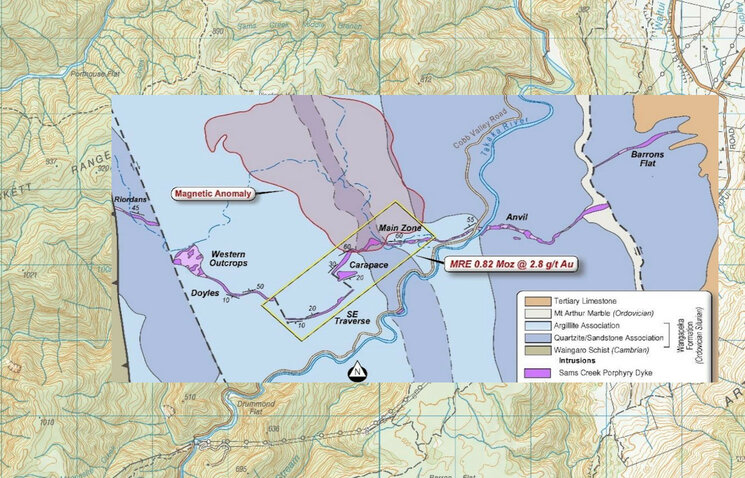
The company’s current plan is to open an underground mine and perhaps an open pit too. It will grind the ore to a powder and use ‘froth flotation’ to concentrate the sulphides and gold into about 5% of the whole volume. It will truck the concentrate to Tarakohe and export it for further processing overseas. It will put the other 95% of material in a waste heap somewhere undeclared yet, near the mine.
From a financial point of view it is gold ore. However from an ecological viewpoint it is an arsenic ore. The flotation process can not achieve a perfect separation so there will likely be several thousand tonnes of arsenic remaining in the waste heap. The company is uncertain at this stage about the details, so may change its plans. For example, change to processing the concentrate with cyanide here in the Takaka valley, as Oceana Gold did at the Snowy River mine near Reefton. Siren could also sell on the mining rights to another company before or during the mine operation.